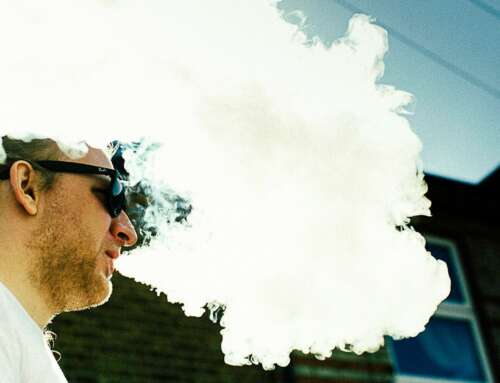
Flickr Images
Our brain can move very fast, and that can be a real problem. The tendency to make split-second assessments of people can lead to disastrous outcomes.
A growing body of research is showing that what we see when we see a face is so strongly shaped by stereotypes, beliefs, and attitudes that we literally see features, expressions, and emotions that aren’t there and can actually—at least at first—misperceive sex, race, and expressions.
We instantly classify a face by sex, race, age, social status, and emotion, the strongest categories available to the brain. (Evolution sculpted the brain to be attuned to signals that might alert us to possible threats.) Next, the brain immediately and unconsciously activates everything it knows (or believes) about people belonging to the categories—that’s how stereotypes are born. In less than a second (hence the name “split-second social perception,” as this process is called), those stereotypes act back on our visual system.
Society’s stereotypes insinuate themselves into our gray matter in a deep-seated way, literally affecting what we see. The more racially ambiguous a face, the more often people initially chose the race that stereotypes associate with high- or low-status attire.
– Sharon Begley
Read more: Beware Your Biased Brains







Leave A Comment